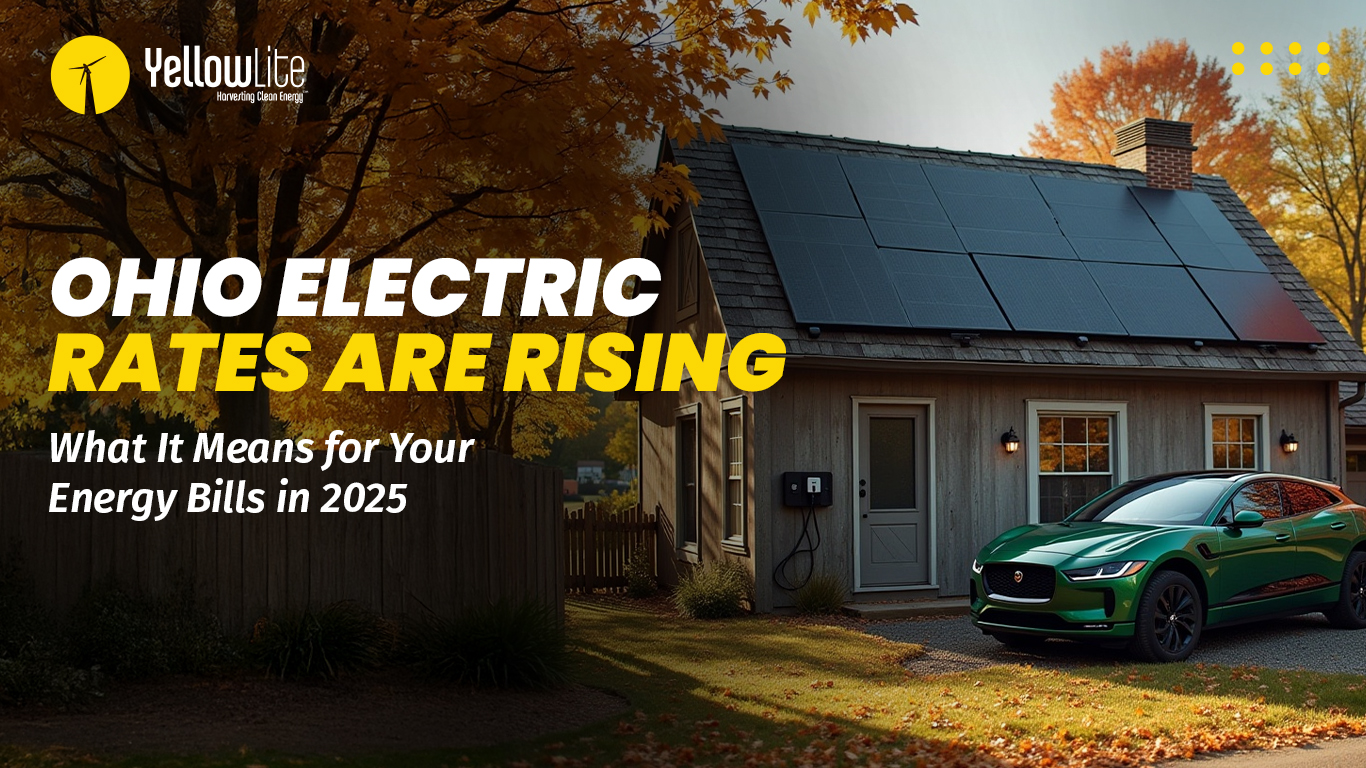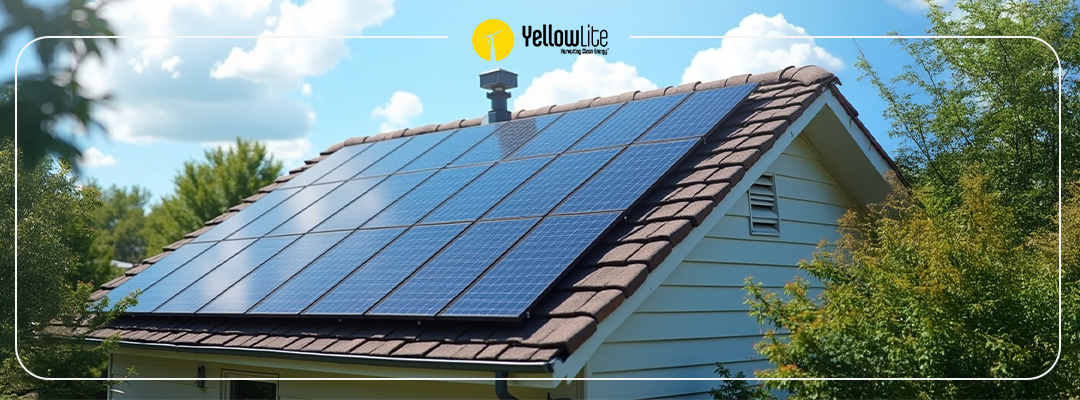What happens when you use a magnifying glass to direct sunlight on a piece of wood? It starts burning, right? Now take this simple phenomenon and apply it to solar power. Concentrated solar power is basically a way to use the sun’s intense heat energy and store it to use later for electricity generation or other purposes. The heat collected can then be stored in any storage medium, the most commonly used three are Water, Molten salt, and Molten Silicon.
What makes concentrated solar power (CSP) so relevant nowadays is its ability to time shift. Store all the heat in salt, water or silicon during the day, and use it in the night to generate electricity when the sun’s not out sun is gone and the need for power is higher. According to most experts, a 100 megawatts plant is the smallest plant that is economically feasible in case of CSP. Dubai has already launched a 700-megawatt system. According to IEA’s CSP roadmap, CSP can provide 11.3% of global electricity with appropriate support which will include 9.6% from solar power and 1.7% from backup fuel (fossil fuels or biomass).
Concentrated solar power plants are a great alternative. To the traditional renewable energy plants, these can be implemented in areas where there is no electrical grid nearby and can benefit rural areas with the proper temperature conditions. There is also the matter of industries and manufacturers that require a lot of heat for their processes and are moving away from thermal power (coal mainly). The heat stored by CSP can be used to fuel their operations. Most small-scale CSP generators produce heat in the 150-300 degree Celcius range, which makes them excellent for a wide range of industrial applications, especially in developing countries.
In rural areas, not only can concentrated solar power plants produce electricity, they can also provide fresh water and maintain a heating and cooling system. This can improve the overall standard of living in said rural areas. According to the IEA: “in countries where electrification of households is not complete, small-scale or midscale CSP plants offer co-generation of electricity for remote or weakly interconnected grids and process heat for some local manufacturing”
There are different types of CSP concentrators available in the market and we’re going to list them here for your knowledge:
Parabolic dish- non-tracking: These focus sunlight to a single point in the center of the parabolic dish.
Parabolic dish- tracking: These also focus light to a single point but they track the sun as it moves across the sky.
Parabolic Trough: This uses curved glass to focus sunlight along the focal length of the trough.
Fresnel reflector: This uses flat mirrors placed on the ground at varying angles to focus the light along the focal line of the system.
Although concentrated solar power is still not applicable on a large scale and is not yet a viable option in markets, it has great potential which can be proven through pilot programs in developing countries. Dubai and Australia have already taken the lead on CSP plants and will soon provide others with statistics to make concentrated solar power a real option for developing areas.



